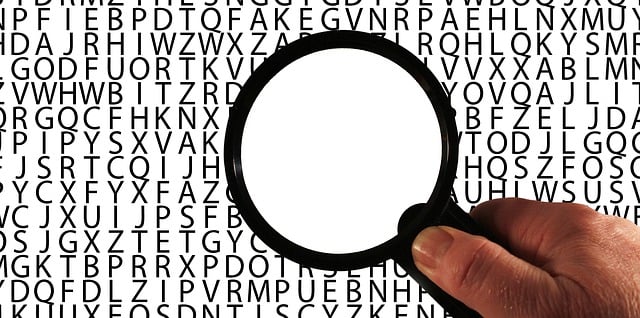A solid vocabulary is essential to getting a high SAT score. But what methods can give you the quality SAT vocab practice you'll need to succeed on test day? After all, just reading a lengthy list of vocab words doesn't necessarily mean you'll know how to use them in a sentence or be able to remember what they mean on during the exam.
We explain how important vocab is on the SAT and how it’s tested. More importantly, we give you our top four vocab study methods as well as our picks for the five best resources to use for quality SAT vocabulary practice. Read on to learn what these are!
























